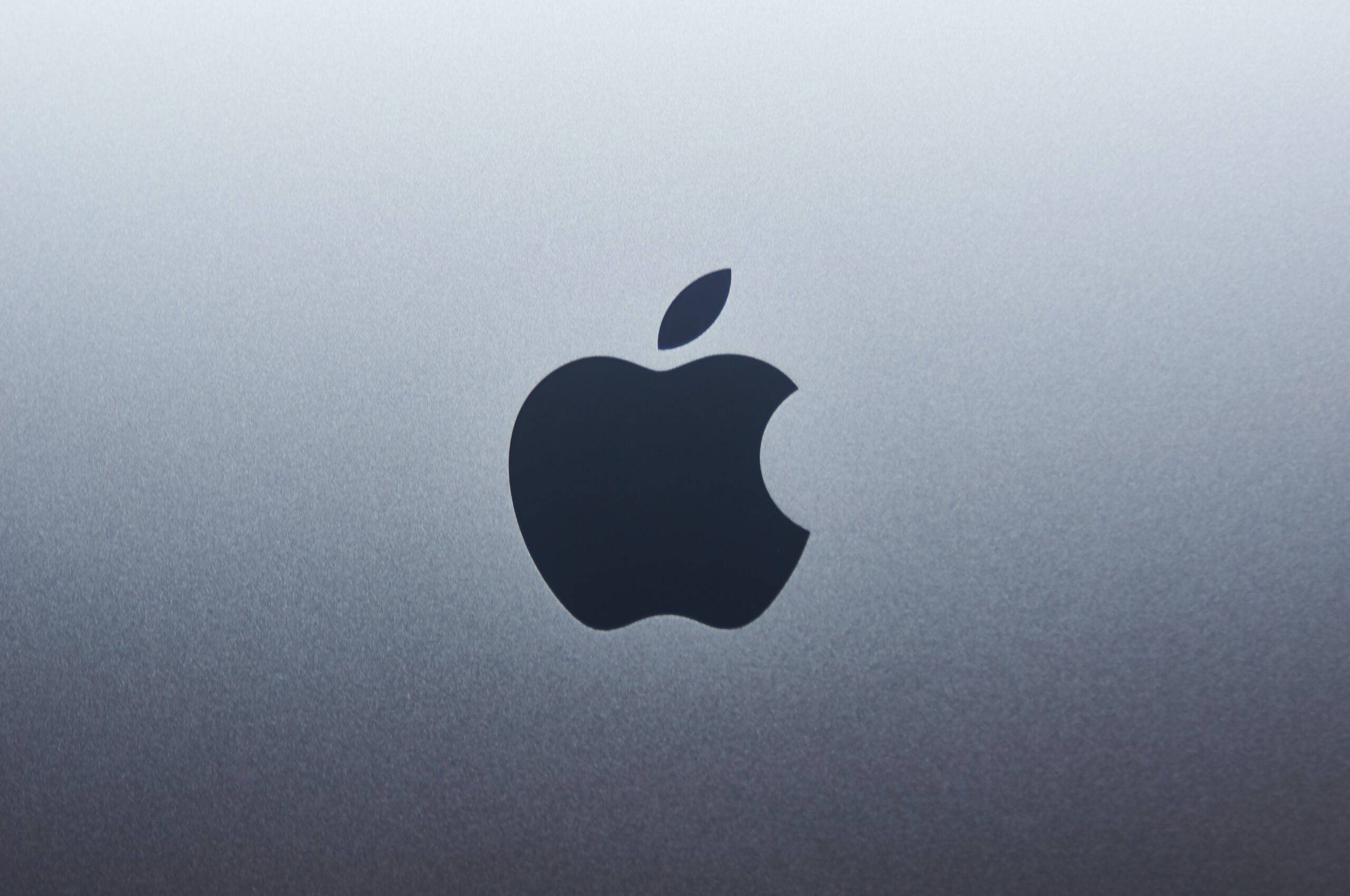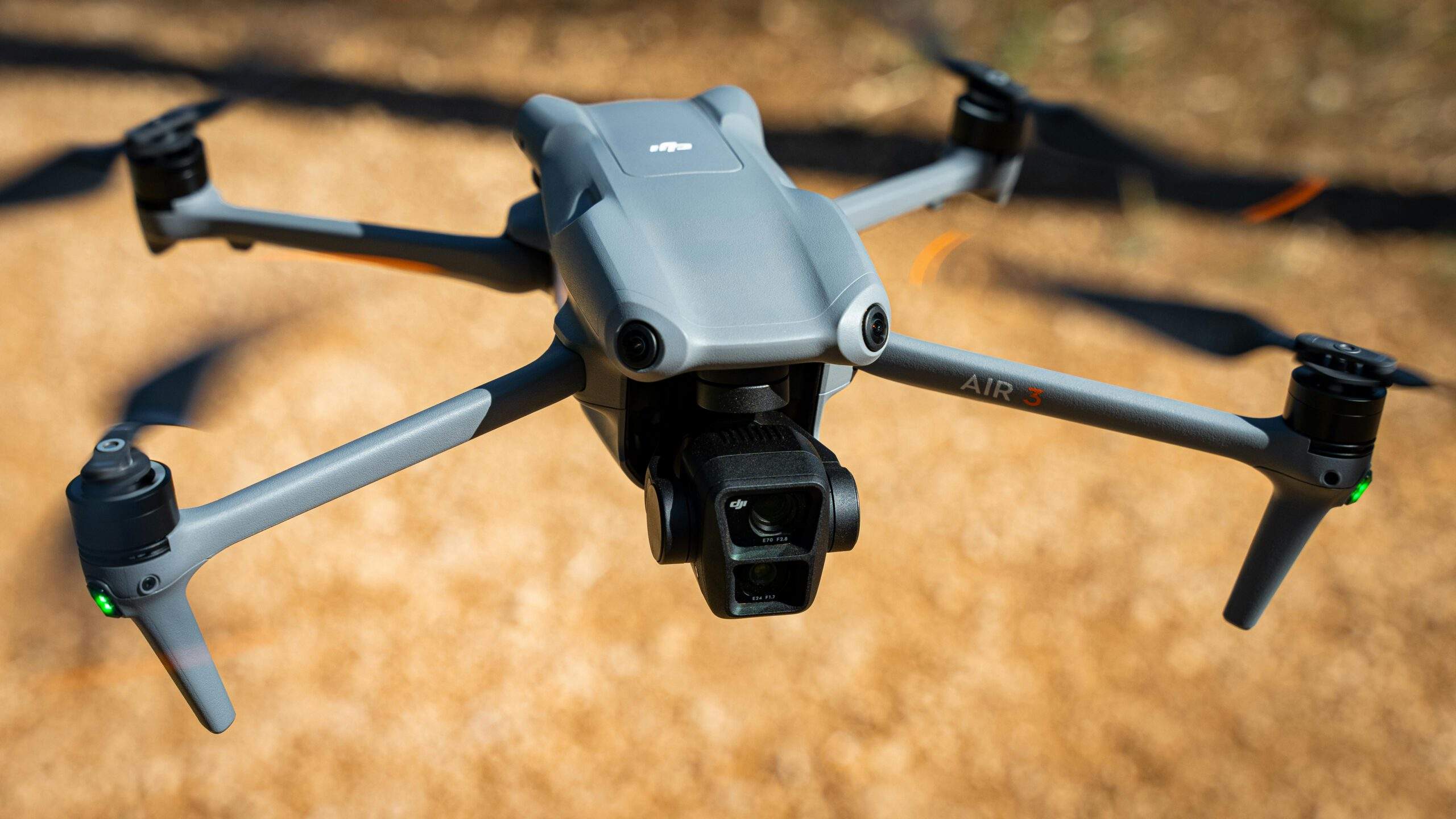It’s no secret that Apple keeps pushing the boundaries with each new product release. But with the latest unveiling of the Apple Watch Series 9 and the Ultra 2, one might ask: Who are these upgrades for?
If you’re sporting a relatively recent Apple Watch, the chances are that the Series 9 and Ultra 2 may not feel revolutionary. These new editions seem tailored to either first-time Apple Watch buyers or those still hanging on to much older versions, like the Series 3.
At a cursory glance, you’d have to squint hard to discern the differences between the latest models and their predecessors. What’s more, some of the most anticipated features aren’t even available right out of the gate but are slated for release later this year.

The Skinny on the New Watches
Boiling it down, the Apple Watch Series 9 offers merely a specification enhancement over the Series 8. The same goes for the Ultra 2 when compared with the original Ultra. There’s a fresh pink hue for the Series 9 that harmonizes with the latest iPhone color palette – a light salmon shade. But beyond that? You’d be hard-pressed to tell someone’s sporting the newest edition. Case in point: I’ve worn the new Ultra 2 for over a week, and not a single soul has noticed or commented on it.
There were whispers of a black Apple Watch 2. It seemed to be a consensus expectation, as Apple often brings out distinctive visual elements to set newer models apart. My guess? After testing the black coated Titanium, Apple might have had concerns about wear and tear, especially given a watch’s vulnerability to the elements.

The Inner Workings: The S9 Chip
Every significant change in the new watches springs from the S9 chip (or the System in Package – SiP). This chip promises quicker navigation and app usage, although the refresh rate remains unchanged. Furthermore, the S9 promises better power efficiency – a boon for a device as small as a watch. While Apple maintains its 18-hour battery life benchmark, the Series 9 display can now blaze with a brightness of up to 2000 nits. In contrast, the Ultra 2 shines even brighter at 3000 nits. When side by side with the older models, the difference in luminosity becomes stark.
Moreover, the S9 introduces an Ultra-wide band chip, allowing users to precisely locate their iPhones, reminiscent of the ‘Find My iPhone’ functionality. The memory has been doubled, and the neural engine’s speed has surged, making Siri requests faster and more accurate. Notably, many Siri commands are now processed directly on the device, bypassing the need for internet connectivity.
Yet, despite these enhancements, there’s one standout feature: Double Tap. This new integration combines processing power, computation, and high-end sensors to offer a unique interaction method. By simply double-tapping your thumb and pointer finger on the watch-wearing hand, users can make selections. This feature is yet to be widely released, hinting that the best is still to come.

In conclusion, while the Apple Watch Series 9 and Ultra 2 may not revolutionize the smartwatch world, they are a testament to Apple’s continuous commitment to refining and perfecting their product lineup. For those new to the Apple Watch universe or those with older models, these watches promise a blend of innovation and utility. For the rest, it might be a waiting game to see what Apple has in store for the next iteration.
Apple Watch Series 9 & Ultra 2: A Closer Look
When it comes to the Apple Watch Series 9 and the Ultra 2, there’s a lot to digest. If you’re someone who owns a recent model of the Apple Watch, you might want to skip this iteration. These updates seem tailored for first-time buyers or those upgrading from much older models, such as the Series 3.
At a glance, distinguishing between these new watches and their predecessors can be tricky. They share such a similar design that during my week with the Ultra 2, no one noticed I had a new watch on. Although rumors swirled about a black Apple Watch 2, the reality was far from this. There’s only one new color addition to the lineup, a light salmony-pink for the Series 9 that aligns with the new pink iPhone.
Diving deeper, the actual upgrades are more about the internals. The Apple Watch Series 9 is essentially a spec bump over the Series 8. Both the Series 9 and the Ultra 2 share this. Powering these new models is the S9 chip, which allows for faster navigation and increased power efficiency. Furthermore, the Series 9’s display brightness has been amped up to 2,000 nits, while the Ultra 2 boasts a whopping 3,000 nits, making them incredibly legible outdoors.
The S9 chip brings other perks, such as an ultra-wide band chip for precision iPhone finding, doubled memory, and a faster neural engine. The latter enables on-device Siri processing, reducing reliance on an internet connection for some queries. This ensures swift and efficient voice command responses.
But the standout feature, the true innovation in this generation, is the double-tap control. With a raise to wake, you can double tap your fingers to manage the watch’s interface, making it especially useful when your other hand is occupied. This feature is expected to be a staple in Apple’s upcoming Vision Pro.

An interesting note: Apple had previously introduced a similar feature for accessibility called Assistive Touch. However, the double-tap’s intricate algorithm requires the advanced processing of the S9, thus limiting its availability to the latest watches.
One major accolade worth highlighting: paired with a sport band, the Apple Watch is Apple’s first completely carbon-neutral product. This takes into account its entire lifecycle, from manufacturing to usage.
Rumors suggest that a design overhaul for the Apple Watch might be on the horizon. While the current design has remained largely unchanged for years, there’s hope for fresh features like a circular design, a rotating bezel, or significant battery life improvements.
To wrap things up, while these latest offerings from Apple may not be revolutionary, they present some neat additions. However, if you’re waiting for a dramatic shift in design or groundbreaking features, this might not be the right time to upgrade.
To summarize it, here is a list again of our personal pros & cons:













